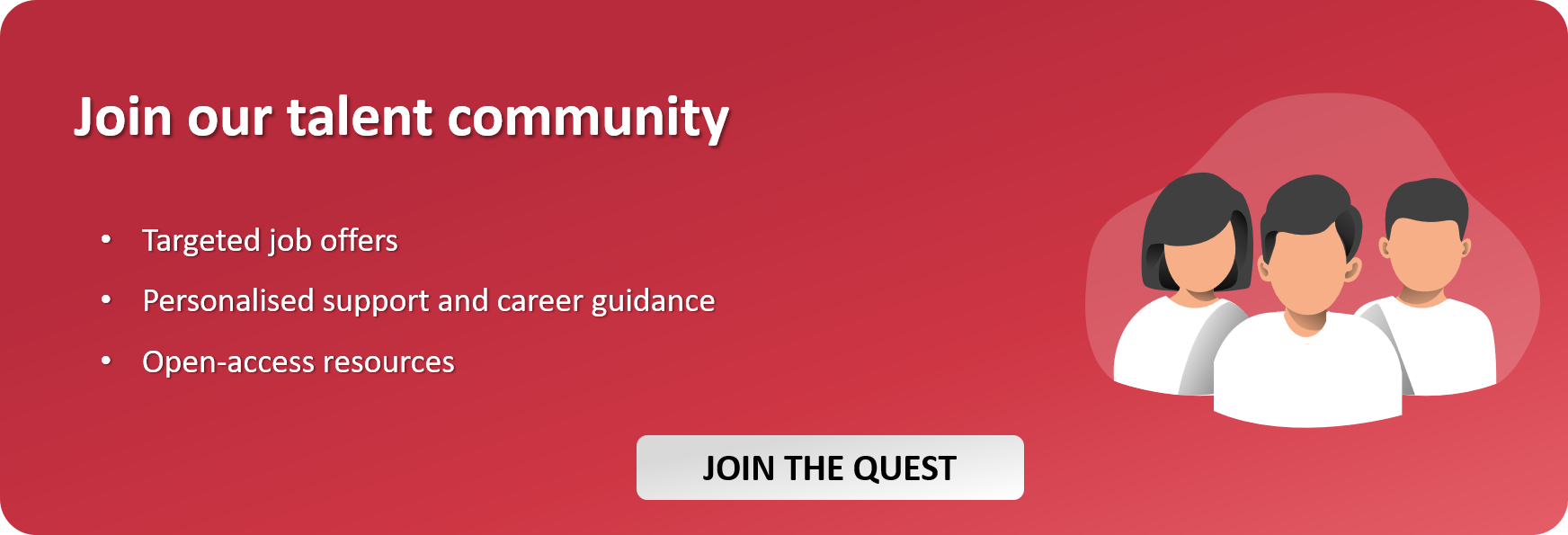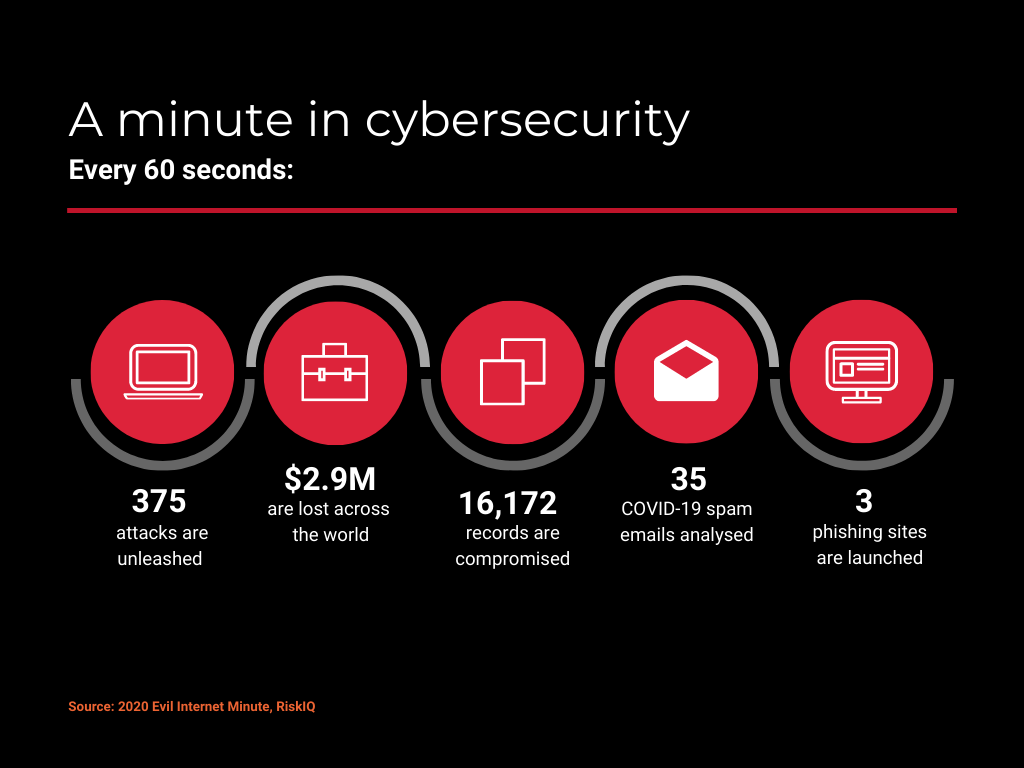What are the advantages of working on-site in times of Covid-19? Even with COVID-19 pushing companies to adopt higher levels of telework, as an IT professional you can really benefit from the closer contact that comes with physically joining your team at the company’s premises.
Although it might not be your choice to make depending on your company’s policies, you should try to spend at least some time in the office each week whether it is for meetings or to work on your daily activities. These are the advantages of working on-site.
First of advantages of working at the office: a teamwork booster
Many companies prefer having their employees working from the office rather than remotely. The reasons behind this choice are numerous and tend to vary depending on the type of industry, the country’s regulations and company culture. It also depends on whether or not the company is able to facilitate a COVID-free space for employees to work safely.
The biggest advantage of working on site is that it makes it easier to interact and bond with the rest of the team, promoting integration and speeding up progress on your projects.
You can also take advantage of all the company’s amenities: the printer, the Internet network, the cafeteria, gym, etc. Small advantages which can contribute a great deal to your general well-being and job satisfaction.
A remedy for isolation
Remote workers often complain about the feeling of loneliness and isolation that comes with working only from home. Recent global lockdowns made us all quite aware of this problematic. It can be difficult to be alone in front of your computer all day long. Going to work at the office allows you to share your day with colleagues and set a stable rhythm for both life and work.
It can be easy for home workers to become demotivated and procrastinate. Having to go into the office at fixed times and being able to leave once the job is finished allows for better time management while guaranteeing a real break between the private and professional worlds.
IT Pros: How to Work On Remote in the Post-Pandemic World
Develop stronger relationships
Working on-site gives you greater access to all the key interlocutors involved in the project and helps you not get stuck in case of doubt or lack of direction. But, most importantly, being physically present lets you develop stronger links with your colleagues and superiors and improves transparency.

Discover our special IT pros guide: IT Job Hunting Done Well: A Step-by-Step Guide























